There can be your advertisement
300x150
New Light: 8 Reasons to Abandon the 5-Branch Chandelier
Chandeliers as the main light source - an outdated and non-functional solution. Using modern fixtures and lighting scenarios can help create a comfortable and stylish living space. Together with professionals, we explore why it's time to start experimenting with lighting in the apartment and how to use artificial light sources to transform the interior.
Reason #1: Distributed Light in Space - Trendy and Modern
The concept of natural, natural light is a trend. The idea of dominant light from a ceiling chandelier has gone into the past. In modern interiors, the concept of light from nowhere takes precedence. It's now considered cool when a space is filled with elegant hidden lighting - light is present around you, but you don't see its source. Lighting everywhere, unobtrusive and harmonious.

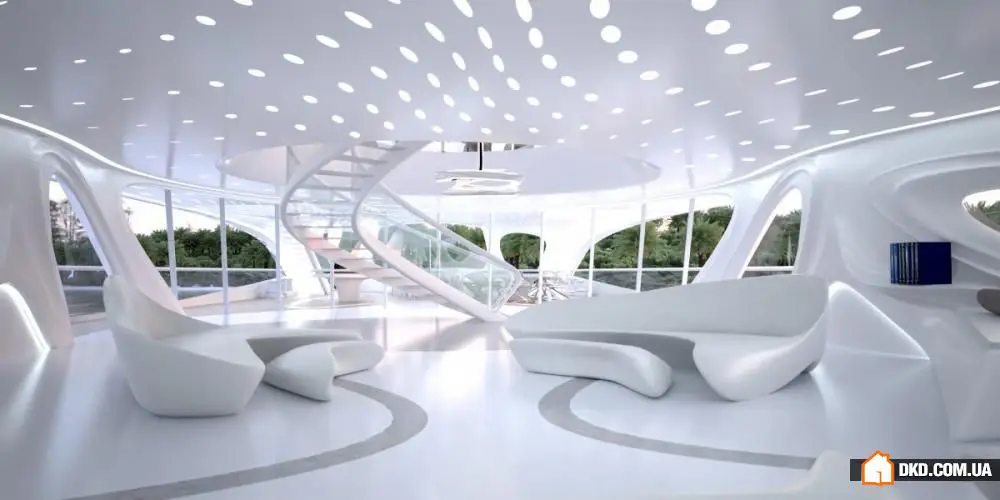
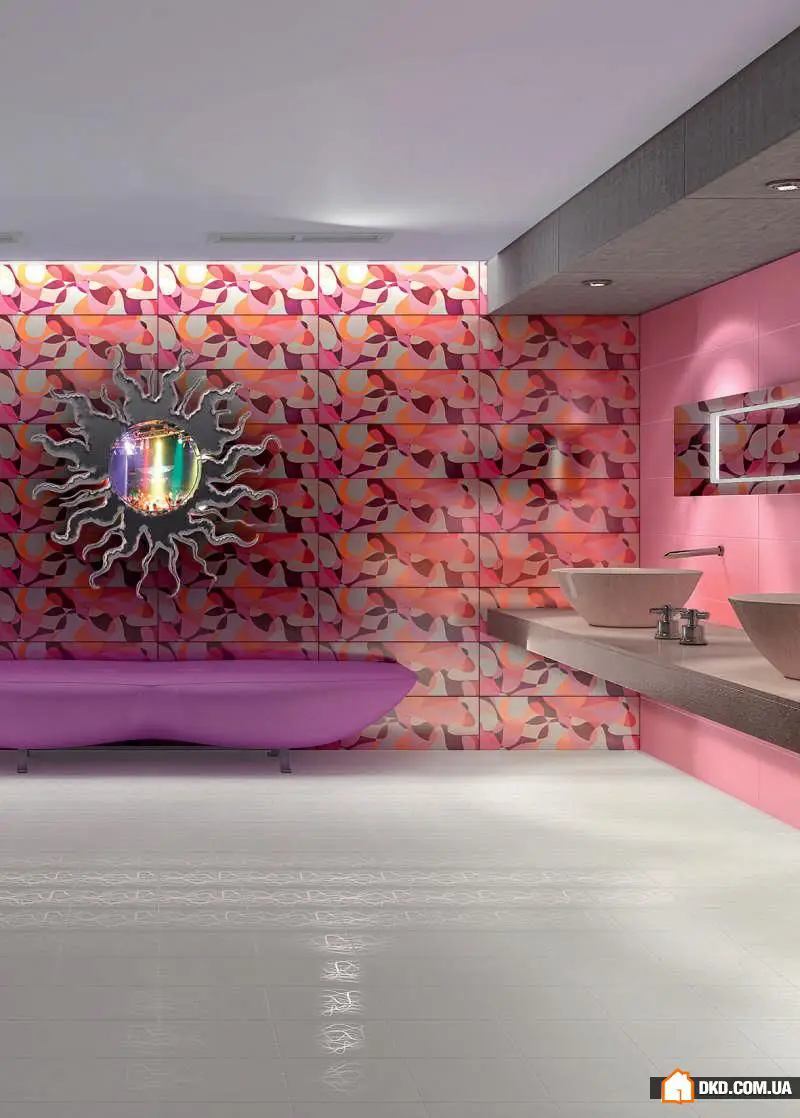
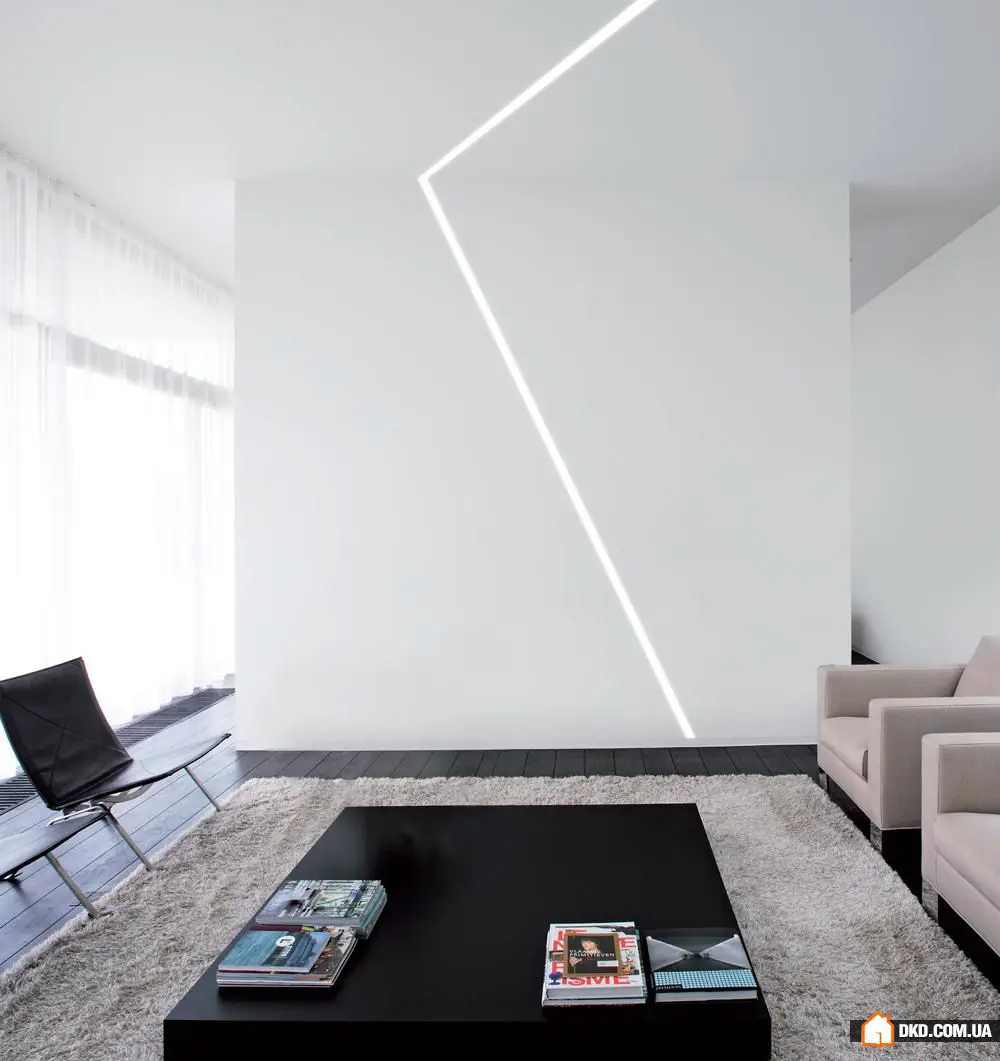


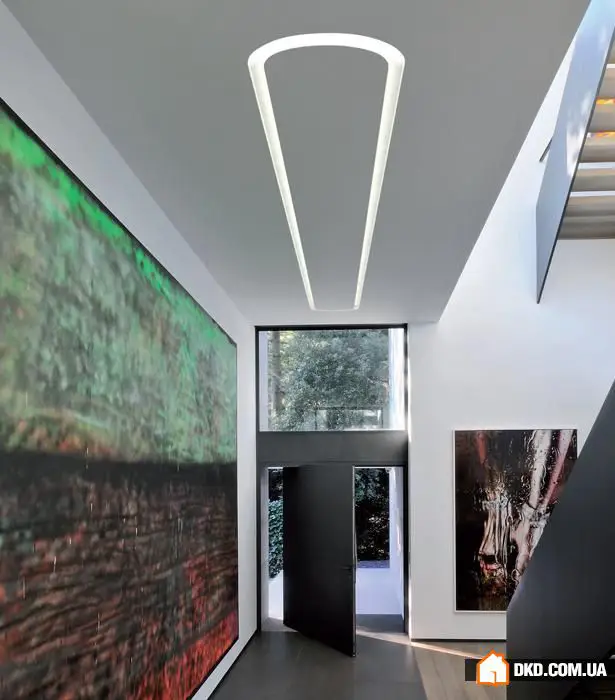

Reason #2: Creating Uniform Lighting Without Harsh Shadows
Uniform diffused lighting in interiors creates a comfortable and pleasant atmosphere in apartments and houses. It softens shadows and sharp angles of furniture. This is exactly the light we turn on when entering a room - it should not sting the eyes. Uneven lighting can nullify all efforts to create interior design. Imagine: bright bulbs in the living room force people to squint, shadows dance on the faces of participants in international corporate video conferences, elements of decoration in a boutique's walls cast sharp highlights and shadows... Uniform lighting is obtained when light sources are placed throughout the room, and when diffused and reflected light from the lamp's reflector is used. To provide overall illumination, use lamps, recessed lights, and chandeliers with shades, screens, and shades. For those who love technological innovations and want to move away from standards, an interesting solution would be light blades and plaster domes where the LED strip serves as a light source covered with a diffusing screen made of polycarbonate.

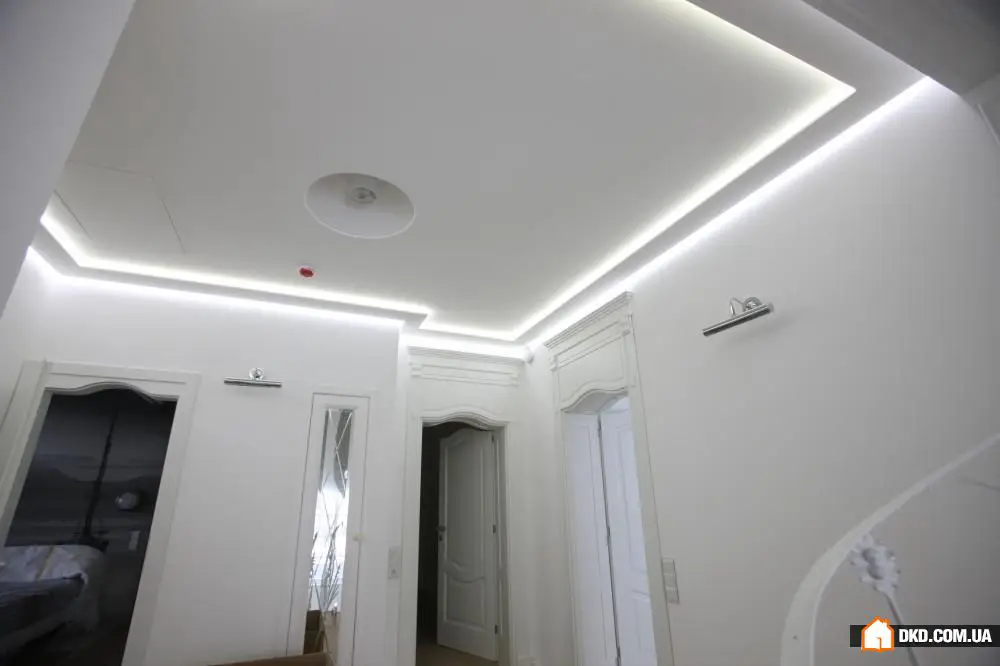
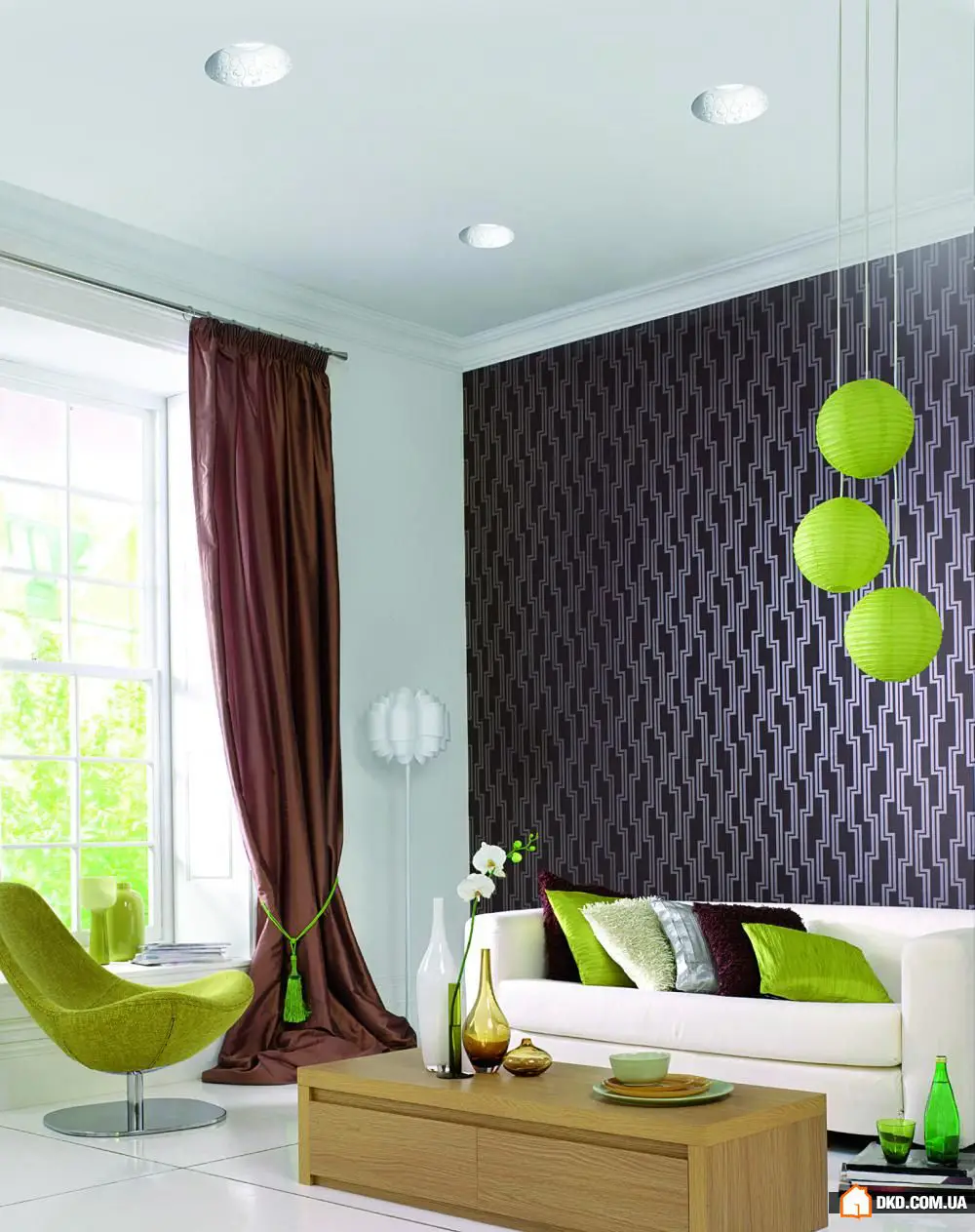
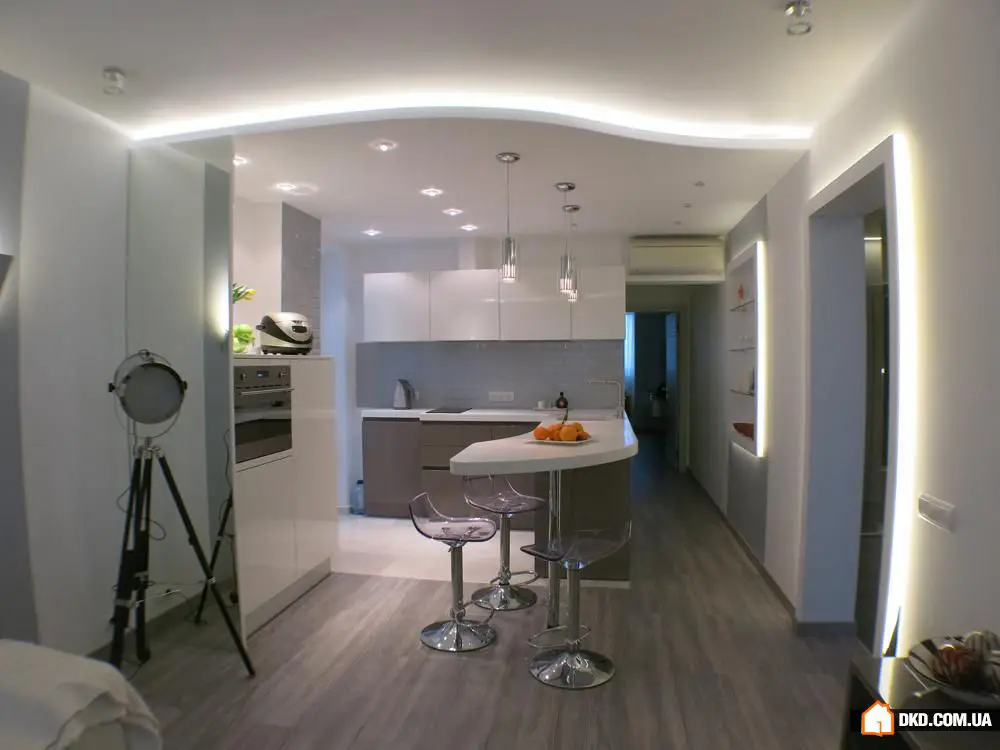
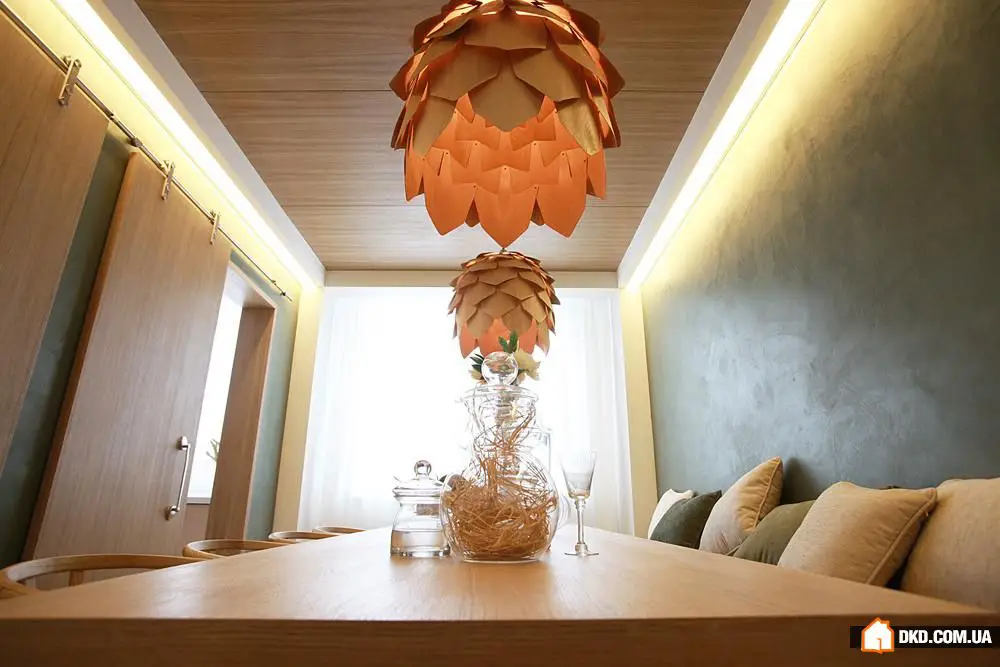
Reason #3: The Need to Zone the Room
No matter how much we might want it, a chandelier in the center of the ceiling will not be able to provide individual lighting for each functional zone in the room. Lighting can solve this task by highlighting separate zones, decorative elements, and furniture items.
Use pendant lamps and recessed spotlights for room zoning: with their help, even in a small apartment, you can define working, dining, gaming spaces, and relaxation zones.
Backlighting shelves and niches (including curtain niches) makes the room more interesting, and their contents appear fuller and more noticeable. Directed light beams draw attention to paintings and sculptures, emphasizing a specific object. Light lines of various configurations can highlight the boundaries of functional zones, for example, in a studio apartment or showroom. A light ring or ceiling-mounted dome can logically and stylishly emphasize the relaxation zone in the living room or lobby of a hotel.
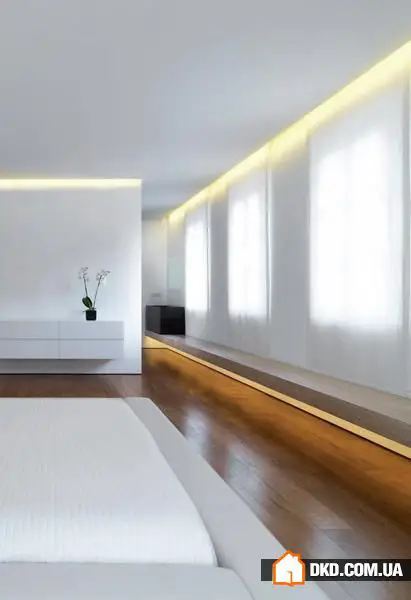

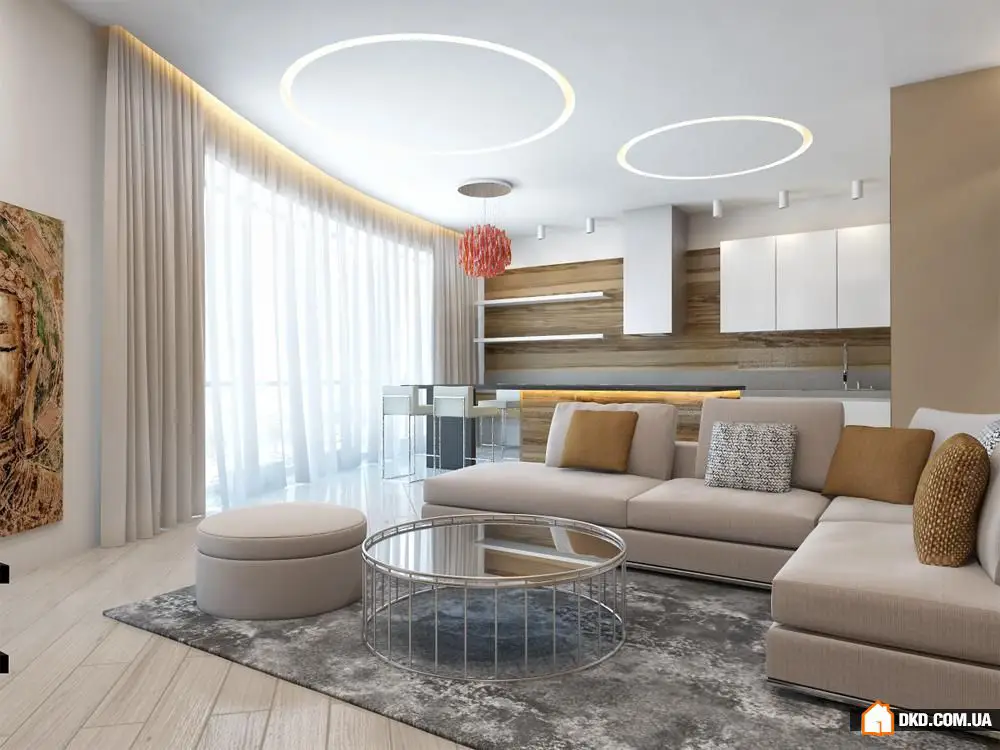
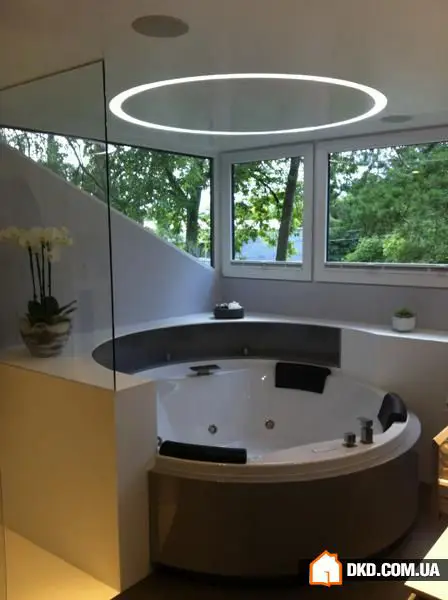
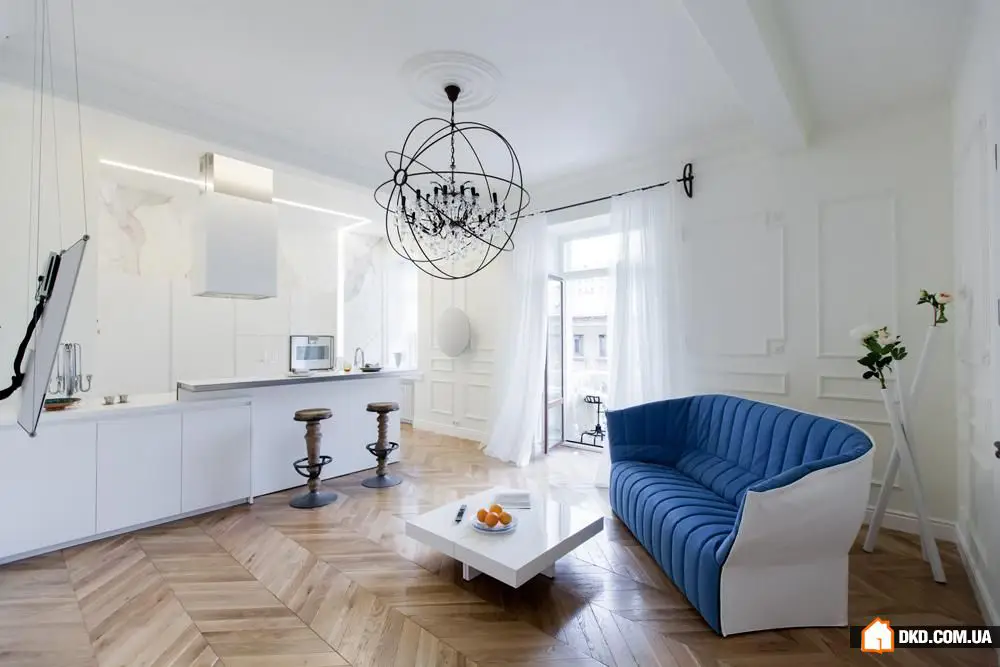
Reason #4: Ambient Lighting for Work Surfaces
Local or task illumination is the brightest light focused on a specific area. Desk lamps and pendant lights can help create a convenient and comfortable workspace, lighting the surface of the table and keyboard.
Place wall sconces near the headboard of the bed or put lamps with shades on bathroom tables to have the ability to read before sleep. For daily grooming and makeup application, the working surface becomes your face - so it's important to pay attention to the lighting in the bathroom: we recommend hanging a light fixture on both sides of the mirror to ensure adequate brightness and eliminate unflattering shadows on the face. Also, don't forget about task lighting in the hallway.
During the design phase, it's important to predict the level of illumination at every point on the surface. Calculations are usually done in specialized lighting simulation software, where the result of calculations is a visual color scheme.
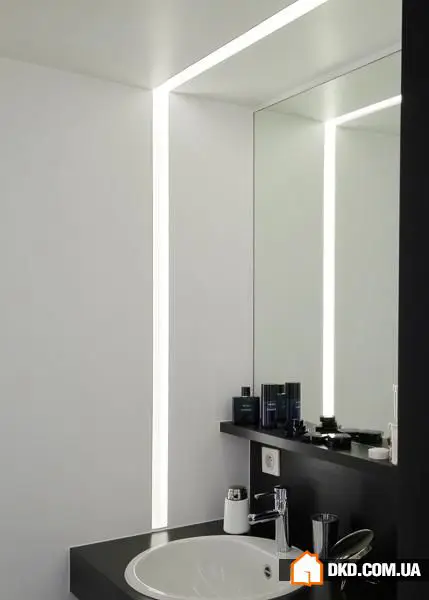
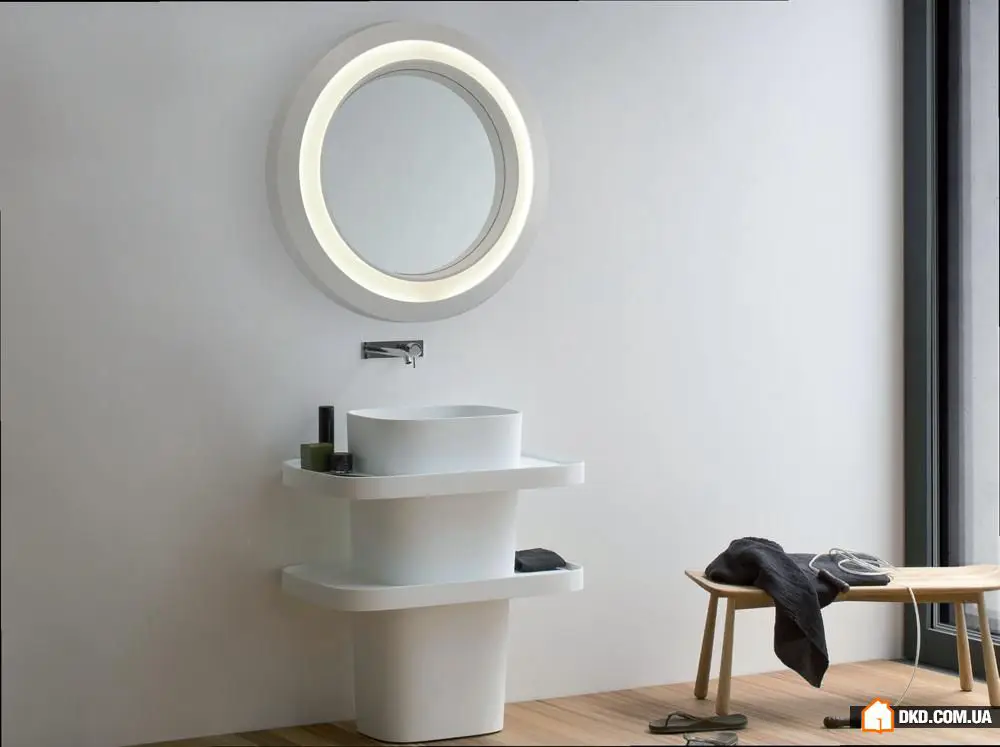


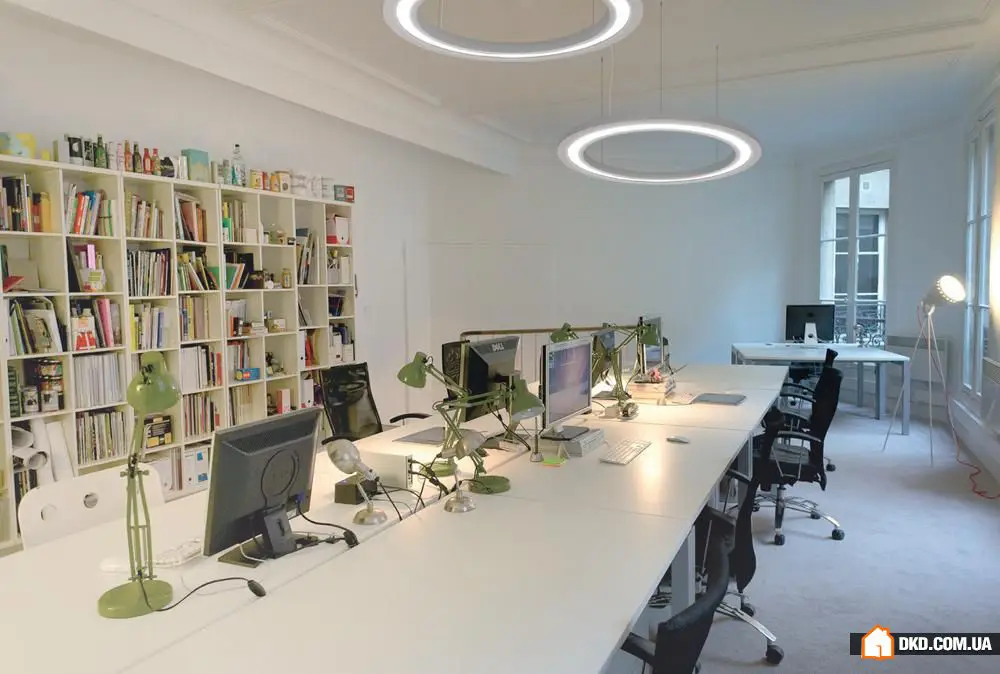
Reason #5: The Ability to Change the Geometry of Space
Hidden lighting has gained popularity today - it not only creates uniform illumination but also helps visually correct the shortcomings of rooms. To achieve light from nowhere, designers hide their sources behind a suspended ceiling panel, an outward wall projection, or a ceiling cornice. Using this technology, you can lift the ceiling and widen the walls.
To visually elongate a room or corridor, backlight the ceiling and walls from two opposite sides. The illusion of weightlessness and floating walls can be achieved by placing LED strips in the baseboard along the floor: this impressive technique helps to view a familiar interior from a different angle.
Lighting can change the architecture of a room: for example, uniform light lines on the ceiling visually expand the space, vertical glowing strips lift it and increase wall height. Corner lighting at the junction of two walls (or in combination with wall-ceiling-wall) dissolves sharp edges and shadows, smoothing the angles - the room becomes boundless.
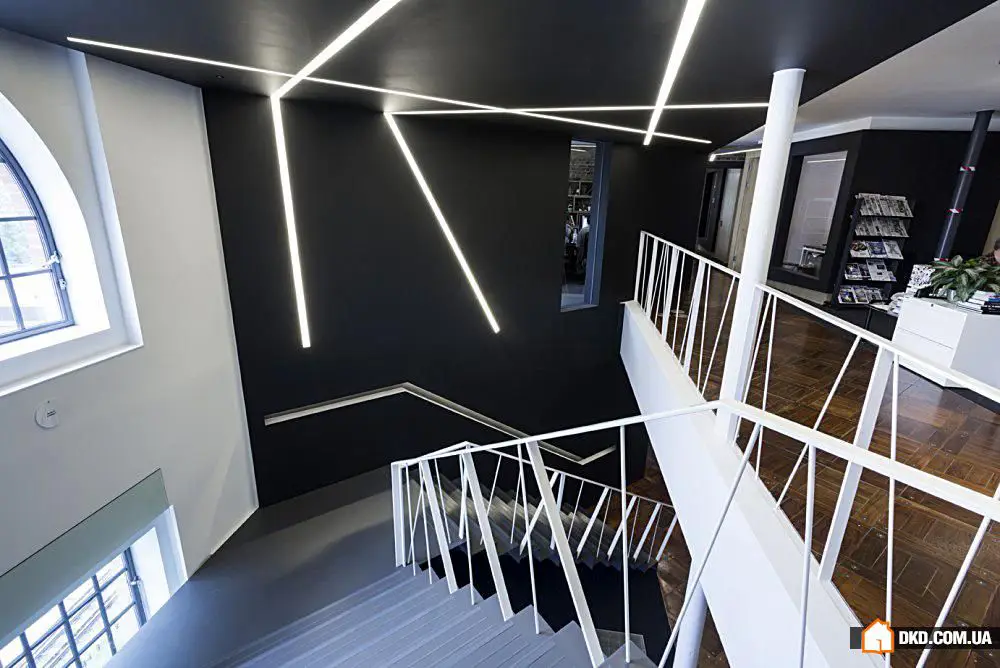
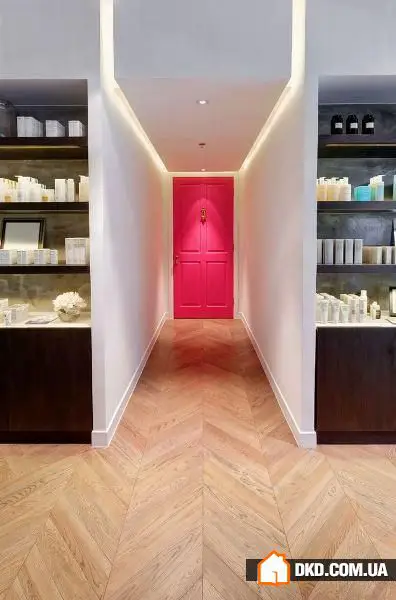

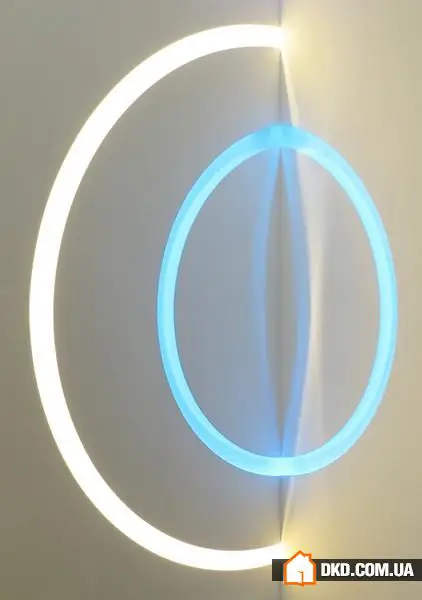
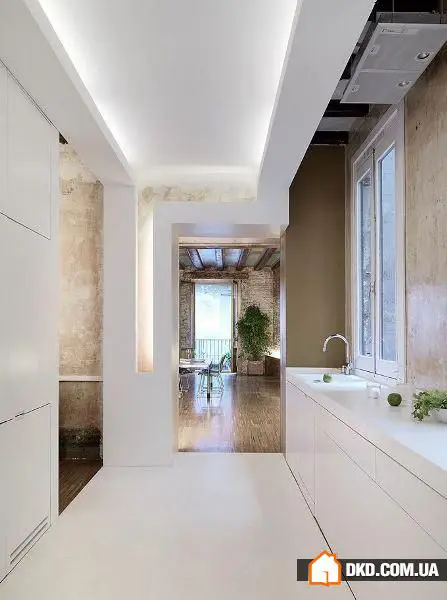
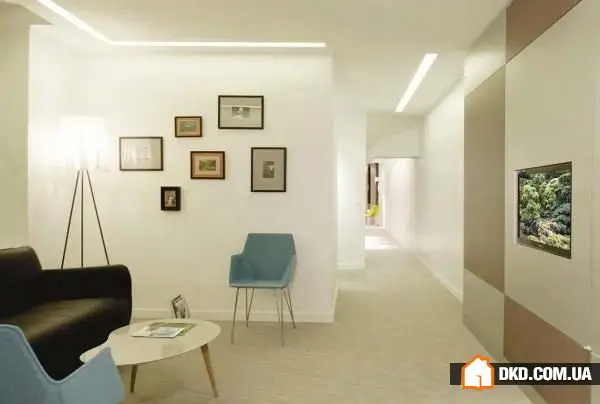
Reason #6: The Ability to Correct Architectural Deficiencies
Reflected light is the most comfortable for the eyes. It adds volume and air to a room. Walls and ceilings from which light rays are reflected seem almost transparent and weightless. Achieving such an effect by relying solely on the central chandelier is practically impossible. However, lighting cornices in two planes or adjustable-angle fixtures, wall lamps, sconces, and floor lamps that direct light upwards can easily handle this task.
When choosing, also consider the surface texture: glossy, shiny walls reflect the maximum amount of light, while matte and rough surfaces absorb and scatter it.
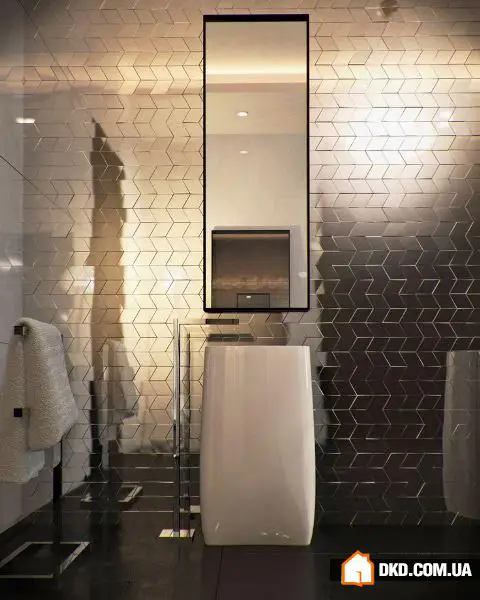



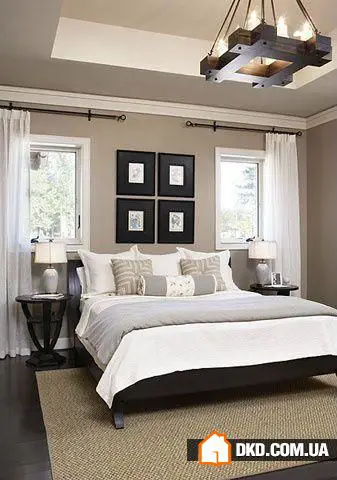
Reason #7: Using the Full Potential of Light Design
Lighting is the main component of an ideal interior, and only a well-planned multi-level system will allow creating a stylish and functional space. Modern lighting design emphasizes accents, reflects or corrects our life scenarios, mood, and well-being.
In the kitchen, it's important to highlight dining and work zones with lighting, and for large spaces, additional hidden illumination is appropriate. A festive mood in the living room can be created with a system of ceiling, wall, and spotlights that can be replaced with uniform, diffused light from a floor lamp in the evening.
Bathrooms can also have multiple levels of illumination: organize background lighting, remembering about a bright work zone above the sink. The hallway is the home's business card - let each guest be greeted by upper diffused light and functional mirror and floor backlighting.
Also note that in different elements of the lighting system, we can now use both colored light (RGB) and warm or cool white light.
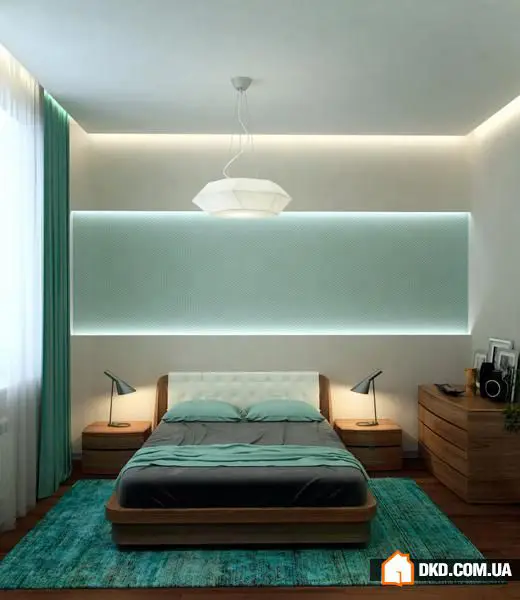
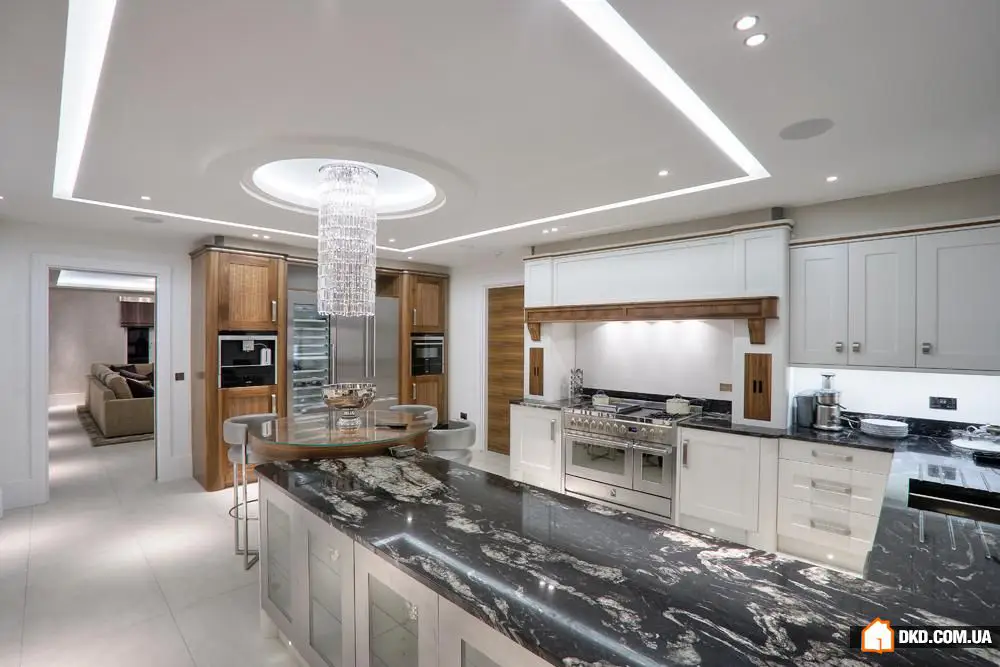

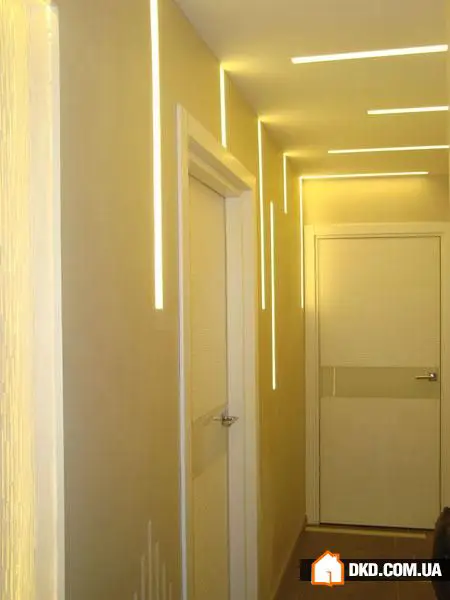
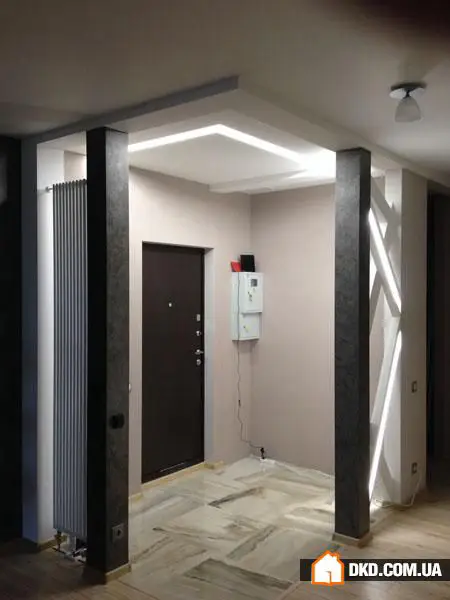
Reason #8: Freedom in Style and Space Design
A chandelier is a traditional element of classical interiors. By abandoning stereotypes, you gain freedom in choosing style and decoration. A stained glass window on the ceiling, smooth eco-friendly arches, careful restoration of an original historical interior, narrow corridor space - modern lighting systems allow transforming interiors of any purpose and taste. Be bolder! New technologies in the field of design and product design, electrical systems, and finishing materials open up a wealth of technical and aesthetic possibilities.
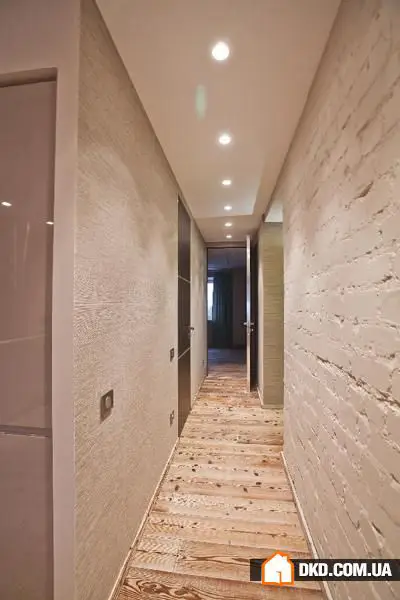

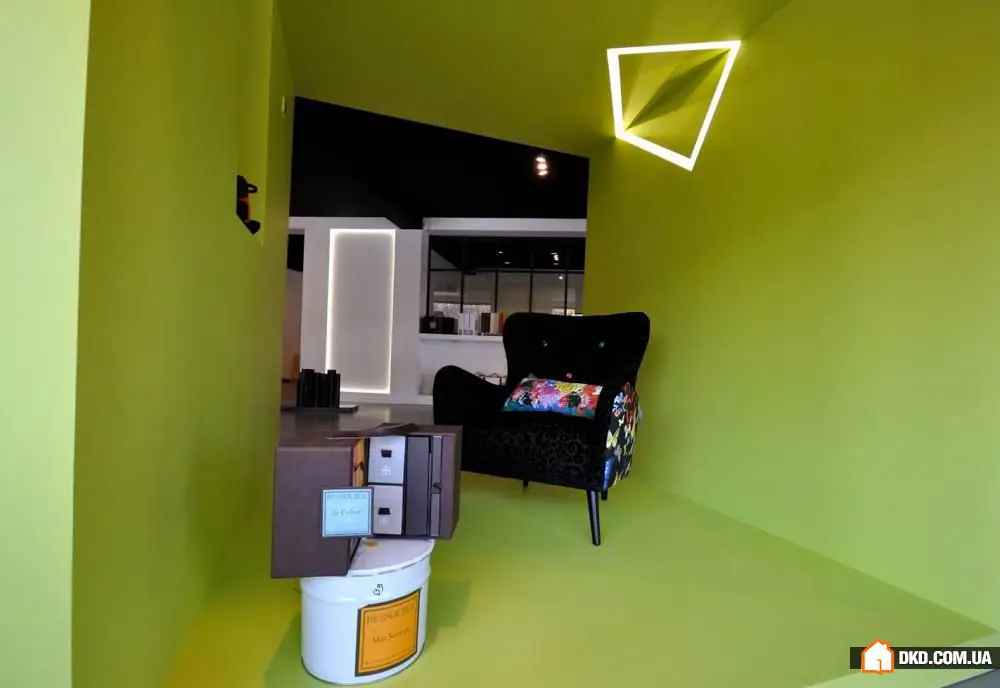
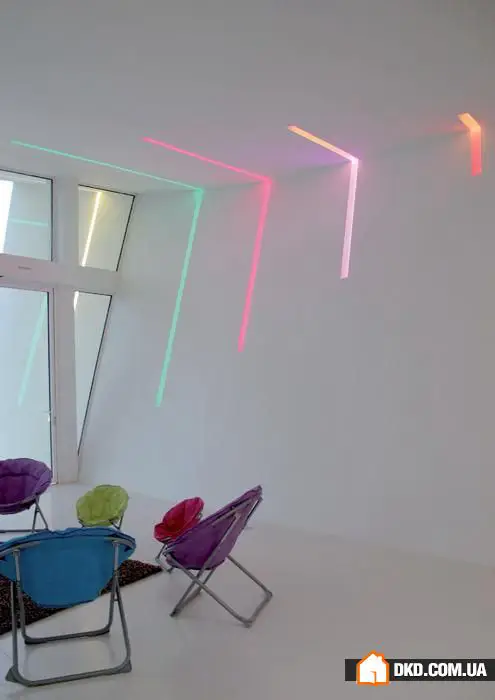
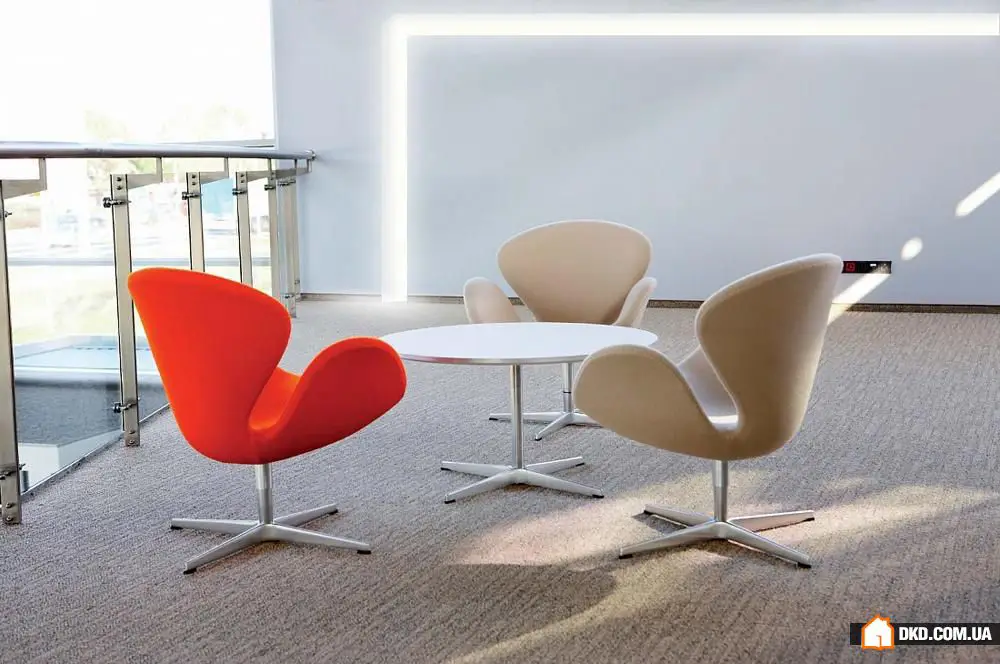

Professional Tips - Everything You Should Know About Lighting:
1. Use Ready-Made Structures and Solutions
Today, designers have the opportunity to significantly reduce the labor intensity of creating interior lighting. French designers developed a large set of ready-made solutions based on a Parisian plaster profile - the BLADE lighting system. Installing ready-made structures is simpler than creating custom structures from gypsum board, and the result looks more modern and aesthetically pleasing. Many configurations would be nearly impossible to recreate from gypsum board - these include various arcs, crosses, rings, V-shaped niches for spotlights, and ready-made cornices for backlighting. You will surely discover new possibilities in lighting design thanks to products from Atelier Sedap (France).
2. Compactness - Fashion of Our Time
Ultra-thin tablets, smartphones, TVs... In lighting equipment, there's also a trend towards minimalism. This is convenient if the task is not to lower ceiling heights or extend inter-room walls. I recommend looking at light strips with small depth insertion (up to 56 mm) miniBLADE and embedded plaster spots for general or decorative lighting.
3. Lighting Design on Any Surface
If the room has concrete walls or ceilings, marble or glass surfaces, or if grooving is impossible (which is relevant for already renovated or historical buildings), you can professionally and beautifully solve the issue using elegant surface-mounted lighting structures - X-BLADE, surface-mounted rings, cornices, or domes.
4. Flexibility in Design Solutions
Gypsum linear lighting systems are easily configured at any angle without additional connection elements - just cut and join! But there's another nuance - LED strips are used as the light source here, not light modules - this means that if you need a wall light strip, for example, 3.71 mm or any other non-standard length - there are no problems or limitations!
5. Remember About Eco-Friendliness and Safety
If the client prefers to combine aesthetics with safety in the interior, or if you're decorating a children's room, Parisian plaster is an ideal decorative material. It has been tested for centuries and can be restored and painted. Natural and hypoallergenic, plaster does not burn, melt, or emit harmful substances (unlike polyurethane). When installing BLADE lighting systems in gypsum board, a monolithic plaster pair is formed, which allows avoiding joints, edges, and cracks over time or in changing microclimates in the room.*The article partially uses photomaterials provided by SKOL.
More articles:
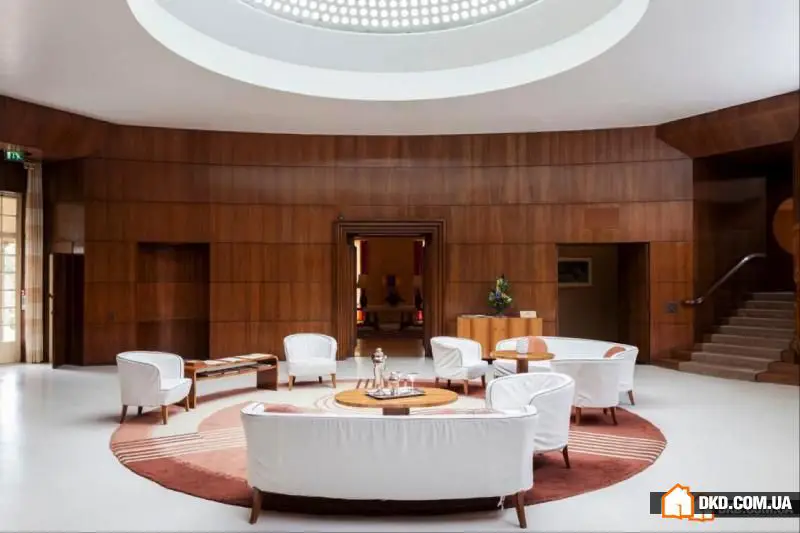 Traveling Together: Medieval Castle with Art Deco Elements
Traveling Together: Medieval Castle with Art Deco Elements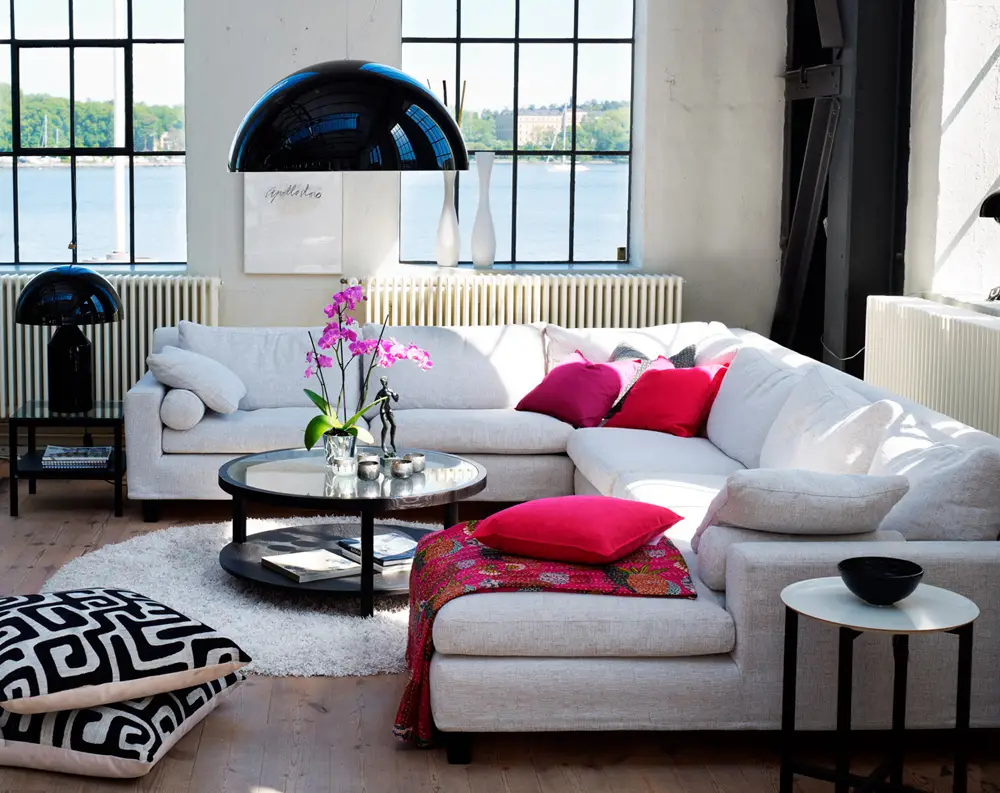 Lighting in Apartment: 5 Rules You Didn't Know About
Lighting in Apartment: 5 Rules You Didn't Know About Kitchen of the Week: Functionality Above All
Kitchen of the Week: Functionality Above All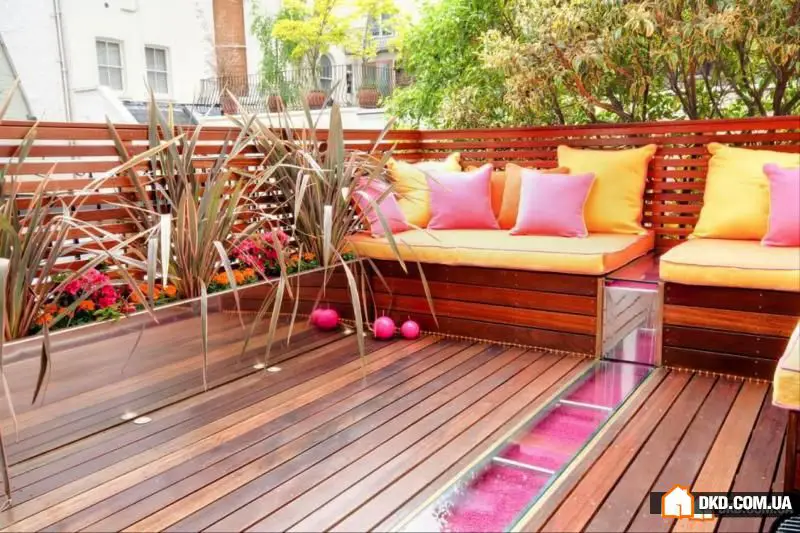 Summer Colors: Combining Pink and Orange
Summer Colors: Combining Pink and Orange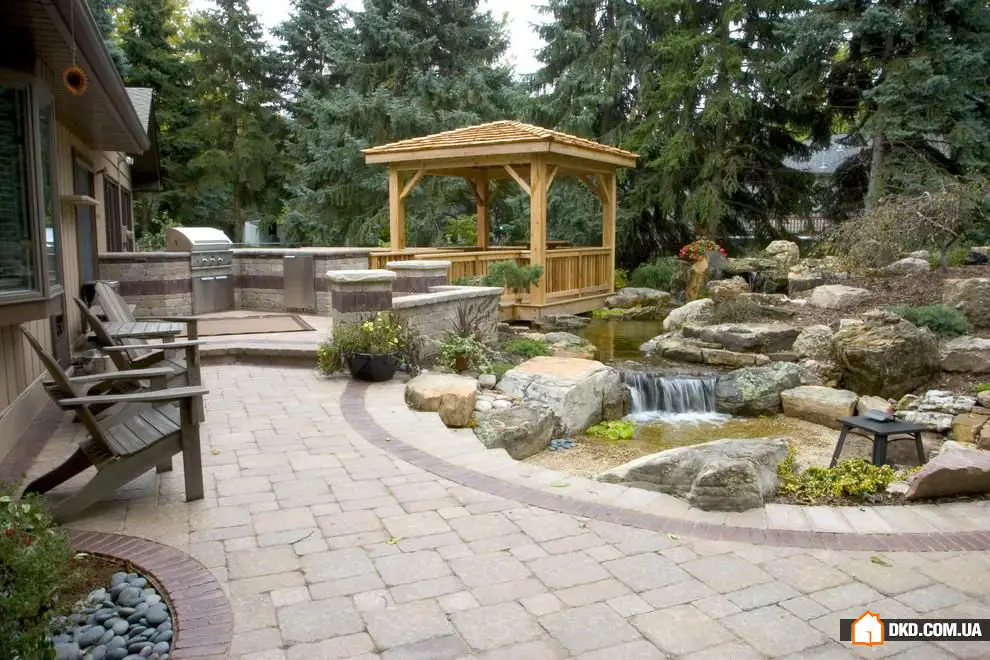 Secrets of a Successful Garden Pond
Secrets of a Successful Garden Pond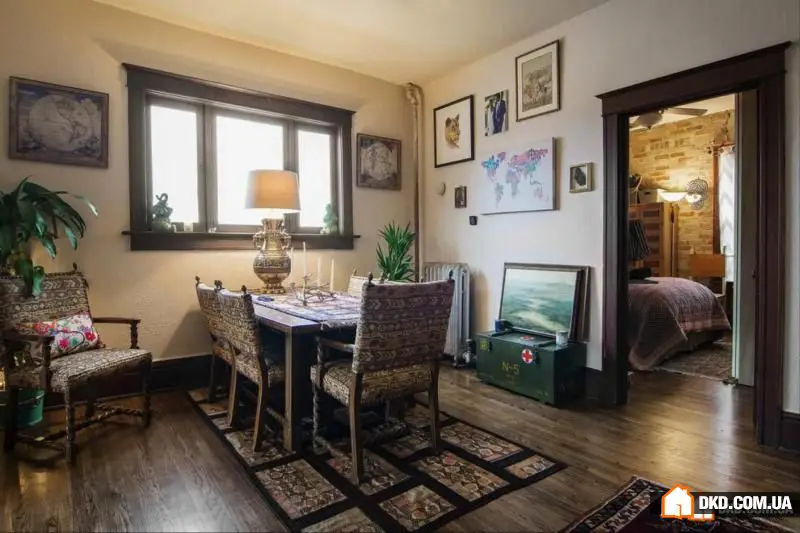 9 Small Dining Rooms Full of Big Creative Ideas
9 Small Dining Rooms Full of Big Creative Ideas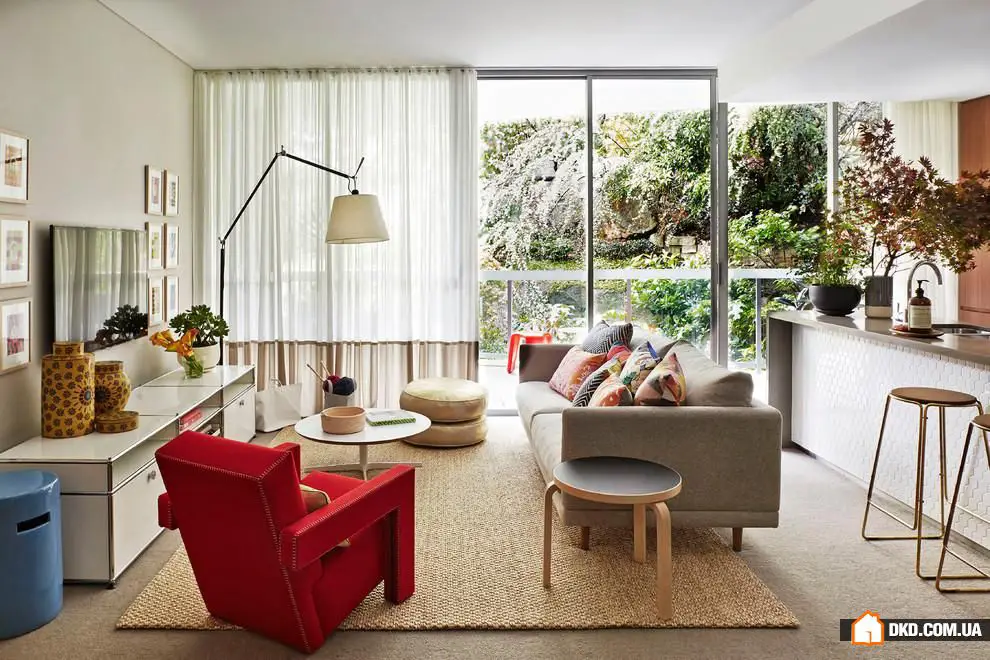 10 Ways to Make a Living Room Feel More Spacious
10 Ways to Make a Living Room Feel More Spacious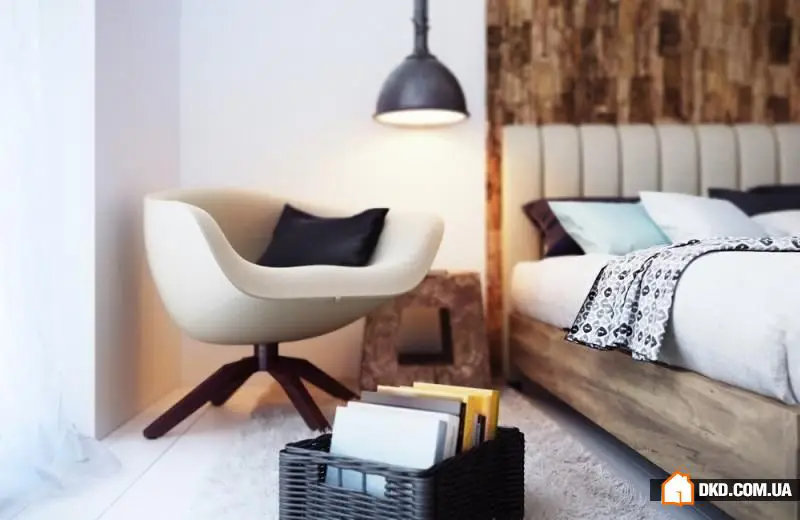 Dream Bedroom: How to Decorate a Room with Style
Dream Bedroom: How to Decorate a Room with Style